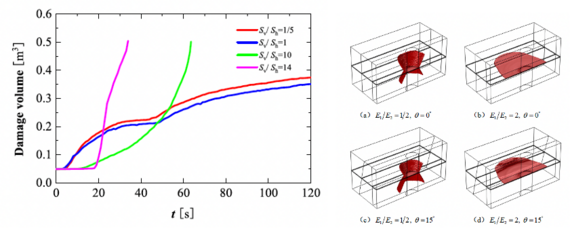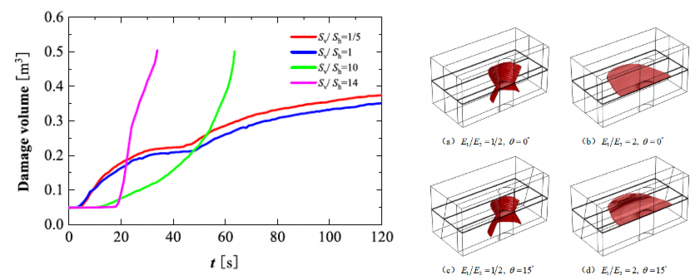


This topic is related to my European RISE project on hydraulic fracturing. Current modelling studies on the combination of phase field method (PFM) and hydraulic fracturing (HF) seldom consider the influence of initial stress field on hydraulic fracture prediction in naturally-layered rocks. In my team, we studied the effect of tectonic stress on the 3D phase field model for simulating quasi-static longitudinal hydraulic fracture propagation in naturally-layered porous rocks subjected to stress boundary conditions. The effect of initial stress field in a new energy functional is proposed, and we coupled it to variational approach for achieving governing equations for the displacement and phase fields. This works can be used in the future to guide and optimize HF design for improvement of the exploitation efficiency of oil and gas in unconventional reservoirs, and for avoiding water contamination and potential earthquake risks.


